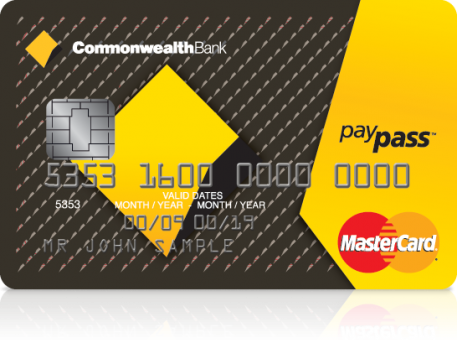Optimising retail banking using Choice modelling
CASE STUDY
First published December 2010
Using Choice Modelling the was able to reconfigured their card offering increasing revenues estimated at $8 million.

When the bankcard first arrived in October 1974, the choice to apply for one was relatively simple, Would you like to buy something on credit and pay for it later plus interest, or keep on using cash or cheque?
Today, there are many hundred credit cards, each with different rates, fees and charges, terms, repayment options, rewards and benefits. Understanding how credit cards are chosen is no longer the one-dimensional problem of the credit interest rate.
The Bank’s strategy team had identified some gaps in their offering and were considering introducing yet another credit card into an already crowded market.
Was there enough room in the market? What if the new credit card was unattractive and flopped? What if it was so attractive that it cannibalized all the other cards?
What was needed was a model so the team could investigate product scenarios and see what would happen to their market share, and bottom line, before launch.
A very large experiment
With this choice modelling experiment, over 80 factors were tested in parallel. This would allow exploration of a vast 10 to the 18th power (1,000,000,000,000,000,000) unique combinations of viable credits cards.
15,000 participants were recruited to provide a large amount of primary research response data needed for modelling.
While the scale of the experiment was ambitious, it was manageable.
Results
For commercial reasons actual revenue figures are not available. The model discovered certain optimal levels for interest rates, annual fees and interest-free days. The recommendations were adopted and changes to the cards were implemented.
In summary, the model let the bank:
- identify and abandon non-performing benefits. A large number of card benefits were tested including frequent flyer rewards, chip security, concierge services, etc. The model was able to directly value, in dollar terms, what each benefit was worth to a customer. Or to put another way, what the corresponding compensation in dollars would need to be for each benefit if it was removed. This provided a simple value filter to the bank. Where a benefits program was valued by the customer’s lower than the cost to implement it, a case could be made to drop it.
- validate the viability of new cards. A number of new card concepts were included in the model showing feature set was a) viable and b) would take overall share from competitors while not cannibalizing other cards.
- increase revenues $8,000,000 p.a. per card. The model showed that a specific set of changes to the interest-rate, annual fee and interest-free days would improve revenue without reducing market share and at a minimal cost. These changes were implemented and independently estimated to increase the revenue per by approximately $8,000,000 AUD per year per card.